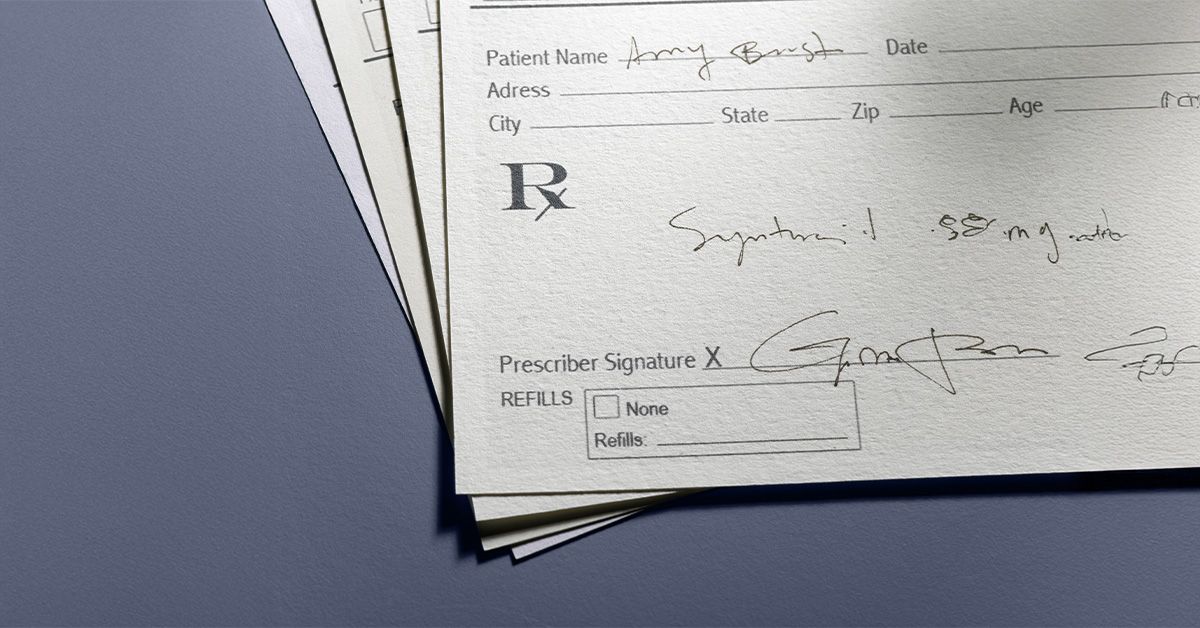So there you are, turning 65, or maybe helping a loved one navigate this new world of Medicare choices. Suddenly you're faced with terms like Part C, Medicare Advantage, and AARP plans that seem to come from another language entirely. I get it I've been there too, trying to decode what my dad's insurance options actually meant for his daily life.
You know what struck me most? How much simpler it becomes when someone breaks it down like we're having coffee together, not writing a textbook. That's exactly what we're doing today pulling up a chair and chatting about AARP Medicare Advantage plans, the real scoop behind the partnership with UnitedHealthcare, and whether these plans might actually make your healthcare journey smoother.
What Makes These Plans Special
Let's start with the basics. What exactly are AARP Medicare Advantage plans anyway? Think of them as Original Medicare's more organized cousin who also happens to throw in some extra perks. While Original Medicare covers hospital stays (Part A) and medical services (Part B), Medicare Advantage bundles those together and often adds prescription drug coverage (Part D) along with extras like dental, vision, and hearing benefits.
Here's where it gets interesting AARP doesn't actually provide the insurance itself. They've partnered with UnitedHealthcare to offer these plans to their members. This partnership has been going strong for years, and according to the Centers for Medicare & Medicaid Services, UnitedHealthcare is one of the largest Medicare Advantage providers in the country. That kind of scale often translates to pretty comprehensive coverage options.
I remember talking to my neighbor Helen about her experience switching to an AARP UnitedHealthcare plan. She'd been on Original Medicare with a separate Medigap policy, but the convenience of having everything in one place plus the addition of dental coverage for her dentures made the transition feel like decluttering her medicine cabinet.
But here's something important to understand: plan availability varies by location. What's available in your ZIP code might be completely different from what's offered three states over. That's why I always recommend using the Medicare Plan Finder tool to see exactly what's in your area.
Understanding Your Options
Not all Medicare Advantage plans are created equal, and that definitely applies to the AARP options too. Let's break down the main types you might encounter:
| Plan Type | Premium | Drugs | Provider Network | Primary Doctor |
|---|---|---|---|---|
| HMO | Often yes | Usually | In-network required | Generally yes |
| PPO | Often yes | Usually | Out-of-network OK | No |
| SNP | Often yes | Always | Depends on structure | Varies |
| PFFS | Yes | Varies | Any doctor who accepts terms | No |
HMOs tend to be more structured you need to stay within their network and usually need referrals to see specialists. PPOs give you more flexibility but might cost a bit more out of pocket. Special Needs Plans (SNPs) are designed for specific groups like people with chronic conditions or those who qualify for both Medicare and Medicaid.
What's fascinating about the AARP SNP options is how they're tailored. My friend Tom, who manages diabetes and heart issues, found that his SNP provided access to specialized care coordination that really made a difference in managing his conditions proactively rather than reactively.
More Than Just Basic Coverage
This is where AARP Medicare Advantage plans often shine the extra benefits beyond what Original Medicare covers. We're talking about dental cleanings, hearing aids, vision exams, sometimes even gym memberships through programs like SilverSneakers.
I know what you might be thinking "Do I really need dental coverage?" Well, let me tell you about Susan, who discovered that her new plan covered not just routine cleanings but also helped with the cost of dentures when her original Medicare had zero coverage for such services. These extras can really add up in terms of both financial savings and quality of life improvements.
Prescription coverage through Medicare Part D is automatically included in most Medicare Advantage plans, which means one less thing to juggle. For those still on Original Medicare, you'd need to enroll in a separate Part D plan, so having it bundled can be seriously convenient.
Want to double-check if your medications are covered? You can use Medicare's Drug Finder tool to see exactly what's included in different plan formularies. Trust me, this small step can save you from some pretty unpleasant financial surprises later.
| Benefit | Common Inclusion |
|---|---|
| SilverSneakers | Fitness centers nationwide |
| Walmart $4 Rx | Prescriptions with low-coinsurance tiers |
| Annual Vision Allowance | Eyeglasses/pair |
Weighing the Alternatives
Here's where things get really interesting comparing Medicare Advantage to those traditional Medicare supplement (Medigap) policies. It's like choosing between a fixed-menu restaurant and ordering la carte both have their merits depending on what you value most.
With Original Medicare plus a Medigap policy, you get the freedom to see virtually any doctor who accepts Medicare, and your costs are generally more predictable. The tradeoff? No extra benefits and potentially higher monthly premiums, though your out-of-pocket costs for services might be lower.
Medicare Advantage plans, on the other hand, often come with lower monthly premiums but include networks and formularies that can feel restrictive if you're used to unlimited choice. However, many people find the extra perks the dental, vision, and wellness programs more than compensate for these limitations.
| Feature | Medicare Advantage | Medicare Supplement |
|---|---|---|
| Choice of Doctors | Network-limited | Anywhere Medicare accepts payment |
| Extra Perks | Yes (often) | No |
| Predictable Costs? | Lower max OOP | Varies per plan |
| Rules about Referrals | Depends on type | Rarely |
| Dropped coverage during Year | Possible | Stable once enrolled |
I've noticed something in my conversations with different folks about their choices. Those who value predictability and unlimited doctor choice tend to gravitate toward Medigap. Those who appreciate convenience, extra benefits, and often lower upfront costs lean toward Medicare Advantage. Neither is universally better it's about what fits your specific situation and priorities.
Making Your Decision
Timing is everything when it comes to enrolling in or changing Medicare plans. The Annual Election Period runs from October 15 to December 7, while the Medicare Advantage Open Enrollment Period gives you another chance from January 1 to March 31 if you want to switch plans or go back to Original Medicare.
The enrollment process through AARP's website is pretty straightforward. You enter your ZIP code, get personalized recommendations based on your location, and can compare different options side-by-side. But here's my personal tip don't just focus on the monthly premium number.
Instead, ask yourself: Are your preferred doctors in the plan's network? Is your pharmacy covered? Do the extra benefits actually match things you'll use? I learned this lesson the hard way when a friend chose a plan with the lowest premium only to discover her cardiologist wasn't in-network, resulting in much higher out-of-pocket costs for her regular check-ups.
The verification step often gets skipped, but it's crucial. Take the time to confirm that your healthcare providers are in-network before you enroll. Trust me, future you will thank present you for this small but important step.
Planning for Changes
Let's talk about something that doesn't get enough attention what happens when plans change or end. It's not common, but it does happen. Maybe a plan discontinues in your area, or you move somewhere your current plan isn't available.
Medicare has provisions for these situations through Special Enrollment Periods. Life events like moving, losing other coverage, or becoming eligible for Medicaid can open up new enrollment opportunities outside the regular periods.
I remember when my aunt had to move to an assisted living facility, and her previous plan wasn't accepted there. The special enrollment period allowed her to switch without penalty, which saved her from a potential coverage gap that could have been both stressful and expensive.
The key is staying informed about your options and knowing that Medicare's rules do provide some flexibility for real-life situations, even if they don't always feel that way when you're in the middle of navigating changes.
Your Medicare Journey
Choosing between AARP Medicare Advantage plans and other options isn't just about numbers on a page it's about finding what works for your unique health needs, budget, and lifestyle preferences. Maybe that's the extra dental coverage because you've been putting off needed work. Perhaps it's the prescription savings because your medication costs have been creeping up. Or it could be simply having everything in one place so you don't have to track multiple cards and coverage dates.
What I love about working through these decisions with people is seeing that moment when it clicks when the jargon transforms into actual, practical knowledge that they can use to make informed choices about their healthcare. That's what we're really talking about here: giving you the confidence to choose what's right for you, not what someone else thinks might be best.
The resources are out there Medicare.gov has comprehensive information, and speaking with licensed advisors can provide clarity on specific questions. Sometimes having a conversation with someone who understands both the technical details and the real-world impact can make all the difference.
Your Medicare journey is just beginning, and honestly, that's kind of exciting. Sure, there's paperwork and new systems to learn, but there's also the potential for better healthcare management, cost savings, and peace of mind knowing you're covered for what matters most to you.
So take your time, do your research, and remember that whatever you choose today isn't permanent Medicare provides opportunities to reassess and adjust as your needs change, just like life does. And if you ever feel overwhelmed by the choices, remember that you're not alone in feeling that way. We've all been there, trying to decode the healthcare alphabet soup, and we've all found our way through to clearer skies on the other side.
Disclaimer: This article is for informational purposes only and does not constitute medical advice. Always consult with a healthcare professional before starting any new treatment regimen.
Related Coverage
Medicare drug costs in 2025 are changing with a $2,000 out-of-pocket cap. See how much you’ll pay and how to save on prescriptions....
Avoid unexpected Medicare Part B penalty costs. Calculate your potential fees and learn how to prevent lifelong premium increases....
Wondering which custodial care service is right for you or your family in 2024? Check out our top 5 recommendations, including nursing homes, assisted living, and more. Find the best fit for your loved one's needs....
Find the best Medicare in Iowa options, from plans to eligibility and resources. Get clear guidance tailored to your needs....
Knowing the red flags like isolation, mood swings, controlling behavior and fear in toxic relationships can empower you to regain your self-worth and walk away....
Find the best Medicare in Colorado options for your needs. Compare plans, save money, and make confident health coverage decisions....
Choosing between walkers vs canes depends on your balance, strength, and daily needs. Find the right mobility aid for you....
Fruit and vegetable supplements can help fill nutrition gaps but shouldn't replace whole foods. Learn how to pick quality supplements for maximum benefit....
Find the right Rhode Island Medicare plan with our simple guide. Compare Original Medicare and Medicare Advantage options....
Get clear info on Medicare Arizona options, including Part A, B, C, and D. Find the best plan for your health and budget in 2025....









